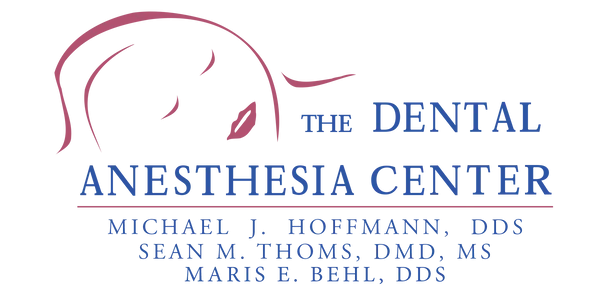Nearly 75% of adults in the U.S experience some sort of fear with regards to visiting the dentist. Of these, as many as 10% have an intense enough fear to be considered a dental phobia.
Many people have anxiety, even fear, over having dental work done. Something as routine as having their teeth cleaned can be a terrifying experience. A lot of people who have this phobia would prefer not to have any dental treatment done, but this can lead to many problems.
The frustrating thing about dental phobia is that people with these feelings have an awareness that their fear is irrational, but they cannot do much about it. If you feel this way, you are not alone. Nearly 75% of adults in the U.S experience some sort of fear with regards to visiting the dentist. Of these, as many as 10% have an intense enough fear to be considered a dental phobia.
If you avoid going to the dentist, sedation dentistry is an excellent way to take away a measure of your anxiety. Sedation is used for any type of dental treatment, from a simple tooth cleaning to invasive procedures.
Understanding Sedation Dentistry
To help patients relax during a dental procedure, sedation dentistry uses medications. It is sometimes referred to as sleep dentistry, although this can be misleading because, except for general anesthesia, patients are awake.
The different levels of sedation include:
- Minimal sedation – The lightest level of sedation, you are awake but are relaxed.
- Moderate sedation – You are still able to respond to questions.
- Deep sedation – Using general anesthesia, you will have no memory of the procedure.
Types of Sedation Methods Used
There are several different types of sedation methods. The method used for a patient is determined on the patients:
- Medical history
- Current physical
- Mental health
The different methods include:
- Inhaled minimal sedation – For this method, nitrous oxide, or laughing gas, combined with oxygen through a mask, helps you relax.
- Oral sedation – This method can range from minimal to moderate. For minimal sedation, you will be given a pill to take, usually about an hour before the procedure. It will make you drowsy, but you will still be awake. For moderate sedation, a larger dose may be given.
- IV sedation – You receive the sedative drug through an IV, this method works more quickly, and it allows the dentist to adjust the level.
- Deep sedation and general anesthesia – You will take medications that will make you either almost unconscious or totally unconscious.
When you come to The Dental Anesthesia Center for your appointment, Dr. Hoffmann, Dr. Thoms or Dr. Behl will decide which level is best for you.
Call Us Today
The first two board-certified Dentist Anesthesiologists in the state of Missouri.
